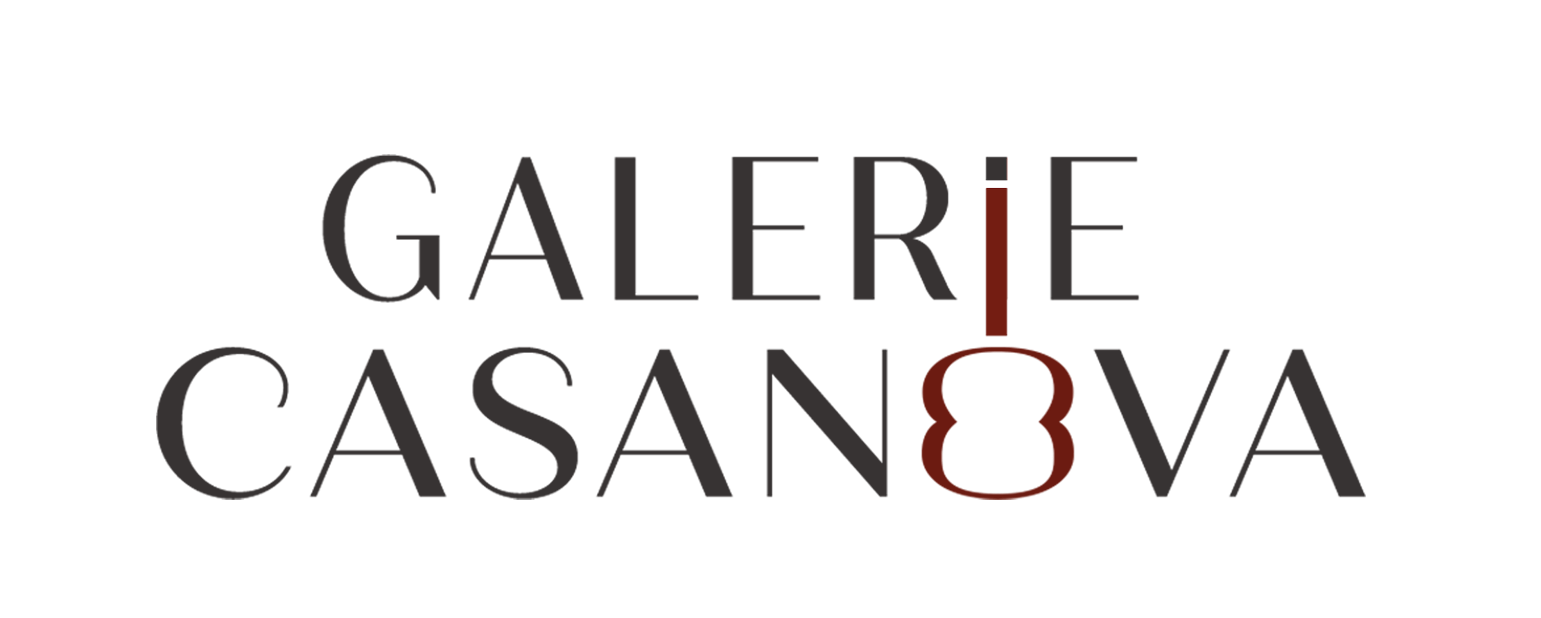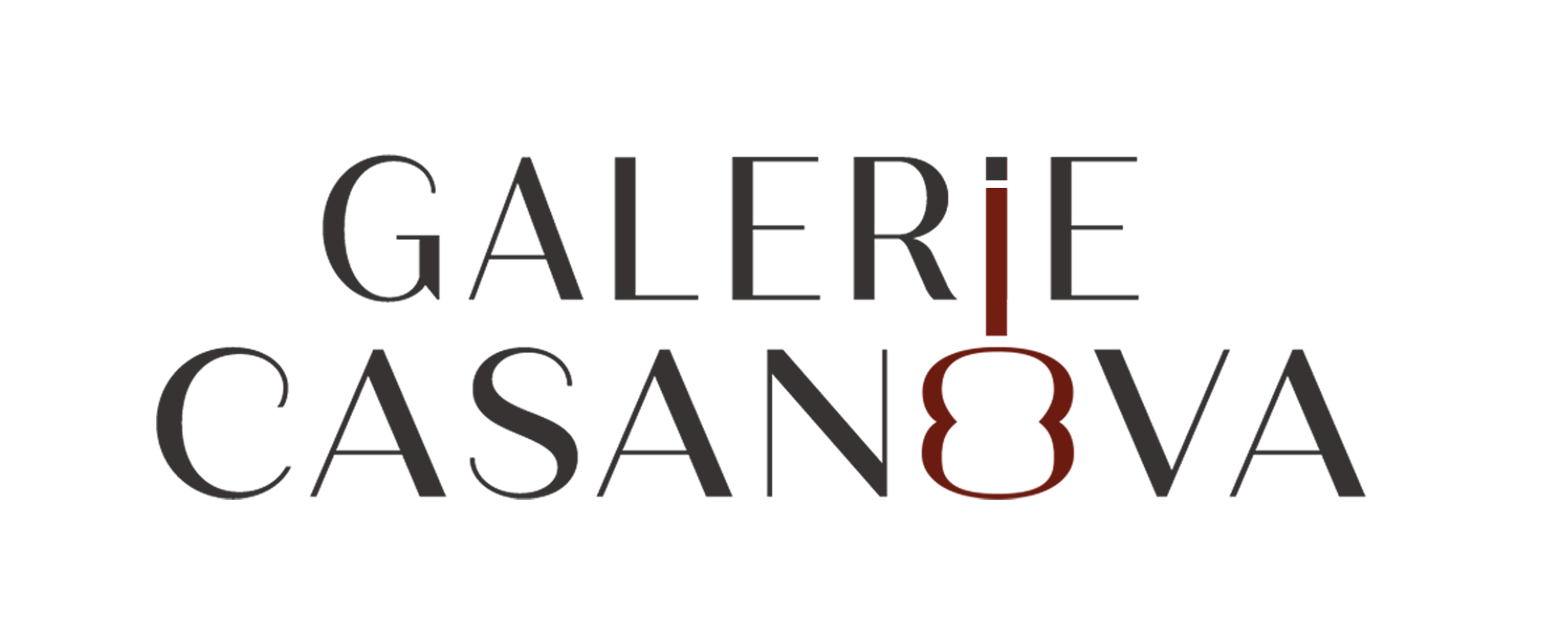Busato
Busato
BUSATO
Artisan luthier contemporary with Mario Maccaferri and living in France since 1925, Bortolo Busato (1908-1960) was the first to produce accurate copies of Selmer guitars – larger than life – which earned him his aura and justify the sometimes very high rating of his instruments to this day.
In 1932, Selmer guitars, designed for the famous wind instrument maker by Mario Maccaferri, were immediately imitated with more or less success and talent by a number of luthiers who imitated the concept in more attractive price ranges than the original. Among all these instruments, the contemporary copies of Selmer Jazz guitars produced by Bortolo Busato remain those that have the strongest personality and added value in both musical and vintage aspects.
Bortolo Busato was born on January 18, 1902 in Chiuppano, Italy. His father was a carpenter and he himself became a cabinetmaker before leaving his native country. Like Mario Maccaferri, and unlike the legend and other Italian luthiers of this generation settled in France, he does not come from southern Italy but from Veneto in the northeast of the country. He moved to France in 1925 but did not register his business until 1931 to open his first luthier workshop at 34, rue de Chaligny in the 12th arrondissement of Paris. The craftsman will transfer his workshop to 40, rue d’Orgemont in the 20th arrondissement where he will remain from 1934 to 1943.
The years 1931 to 1943 represent the first Busato era. These Selmer type models did not appear, of course, before the mid-1930s, but were the richest of his entire production, with a very important decorum. Less expensive than the Selmeroriginal, they’re offered during this pre-war period in richly inlayed and decorated finishes, a general aesthetic borrowed from the world of the banjo at the time. These guitars do not always carry one of the labels in use during the years of “40, rue d’Orgemont” or a signature since many are intended for dealers. On the other hand, all the guitars bearing one of these labels are certainly prior to the end of 1943. During this period, he signed his instruments in ink on the label made out to this address and stuck on the bottom of the guitar below the soundhole.
From the beginning of his production of Selmer type guitars, the attention to detail in the copying of the luthier even led him to reproduce in all respects the Selmer cases sometimes adapted to the size of his own guitars. In June 1942, he extended his business to wind and string instruments as well as radio equipment, and in 1943, the craftsman opened his first shop known as “Tout pour la Musique” (Everything for Music) at 140, boulevard de Ménilmontant, still located in the 20th arrondissement. At the very end of the year, his workshop definitely left rue d’Orgemont to take place at 4, cité Griset in Paris, in the 11th arrondissement. This workshop in the Cité Griset is arguably the most important musical instrument factory in all of Paris of all time! The Busato company manufactures, wholesales, subcontracts guitars, mandolins, violins, banjos, accordions, drums, trumpets, saxophones, clarinets, oboes, instrument boxes. All future Italian luthiers from across France went through this workshop in the Cité Griset where they received on-the-job training. This is the case, among others, of Jacques Favino, Pierre Bucolo and Pierre Anastasio.
In 1946, another Busato “Tout pour la musique” shop opened at 122, rue Amelot in the 11th arrondissement of Paris, a proof of the success of our artisan-entrepreneur. From the second half of the 1940s, the Cité Griset also became a point of sale. There is a Busato catalog from this period, the only one known to date, which gives an account of the variety of items on offer: it has no less than one hundred and three references ranging from maracas to rudimentary drum sets. The luthier therefore positioned himself as a maker of Lutherie Artistique, as mentioned on the label stuck on the upper cleat of his neat copies of the Selmer guitar. The 1940s gave way to a simpler and less luxurious overall finish than before the war, and the post-war period saw only a few very rare overloaded models reappear, including a black Grand Luxe resembling in many points the Chorus model of Di Mauro. The Professional model, closest to the Selmer spirit, was the most popular and most produced at the time. In this regard, we must today be vigilant about the often fanciful names of the Busato models that we meet here and there.
All models of Busato type Selmer guitars released and directly sold at the Cité Griset workshop or in stores belonging to Busato from of January 1944 can be authenticated by their label on the headblock of the guitar neck. There are three variants in their composition: white and square labels, then oval and green labels, or the earliest white labels glued under the sound hole. The instruments sold directly in the shop at 140, boulevard de Ménilmontant also feature a metallic trapeze logo nailed to the front or back of the guitar headstock. Guitars made for large instrument shops such as Paul Beuscher sometimes only bear a brand under the top. If Bortolo Busato still signs certain labels, it is to a lesser extent that he still manufactures some guitars himself in the Griset city: he has entrusted most of the internal production of the Selmer ways to a few workers including Pierre Calza, who will take full charge of the workshop in the 1950s. This Italian-born artisan had learned his trade by making pianos for the famous Gaveau house in Paris. He was one of Bortolo’s most loyal workers along with Pierre Fontaine.
At the end of the 1940s, the Cité Griset had up to forty-three employees, of whom at least 36 were officially declared, without counting the multiple subcontractors that Bortolo Busato used within his workshop for the manufacture of well-designed guitars of course, but also to polish the hoops of banjos of his manufacture or to create new models of accordions like the Harmonéon, a chromatic concert accordion unique in the world, designed and made by Giovanni Segalla, his brother-in-law.
In 1951, Bortolo Busato obtained French nationality and opened a “wild” workshop at his new home at 73, avenue de Cœuilly on the plateau of Champigny-sur-Marne, in the inner suburbs of Paris. This decentralization of both his personal and professional life will allow the luthier to significantly increase his production capacity with six additional workers, but also to broaden his commercial horizons. In 1952, he added to the commercial register the activities of “commission, import, export of all goods, in particular hosiery, musical instruments, wood, preserves”. Bortolo Busato thus supplies wood for cabinetmaking to manufacturers based in Paris in the Faubourg Saint-Antoine, between Place de la Bastille and Place de la Nation. The store on Boulevard de Ménilmontant is then declared as a branch. The luthier now outsources most of the products in its musical catalog, starting with all the cases of its classical guitars made by Pierre Fontaine. Likewise, the manufacture of the fine reproductions of Selmer de Busato would gradually come to an end with the Selmer guitars themselves. The Busato type Selmer after 1952 will soon be nothing more than small copies of very disparate quality, sometimes assembled from parts pre-built by French and Italian subcontractors, a common practice then among the Italians of Paris. There are a plethora of these small Busato guitars without name, without brand, without label, quite frequent on the second-hand market, and which are of minor interest. The most correct instruments from this period are sometimes still signed and dated by Busato, but everything indicates that they were made by Pierre Calza and intended for the shops of Bortolo Busato. In 1953, the Busato store “Tout pour la Musique” on boulevard de Ménilmontant was put under the management of a small company called “Radio, Électricité & Télévision”, a sign of the new times. In 1957, the clandestine workshop of Champigny-sur-Marne was finally recorded in the commercial registers and definitively took precedence over that of the Cité Griset, whose manufacturing activities were then reduced. Bortolo then added two new activities to the Busato company: haberdashery and lingerie! In summary, the end of the third Busato period spelled the end of his musical interest in favor of a more general import business.
At the height of his prosperity, on the tracks of a new career as a wholesale importer of all kinds, Bortolo Busato died on July 4, 1960 of a cardiac arrest in Champigny- sur-Marne.

